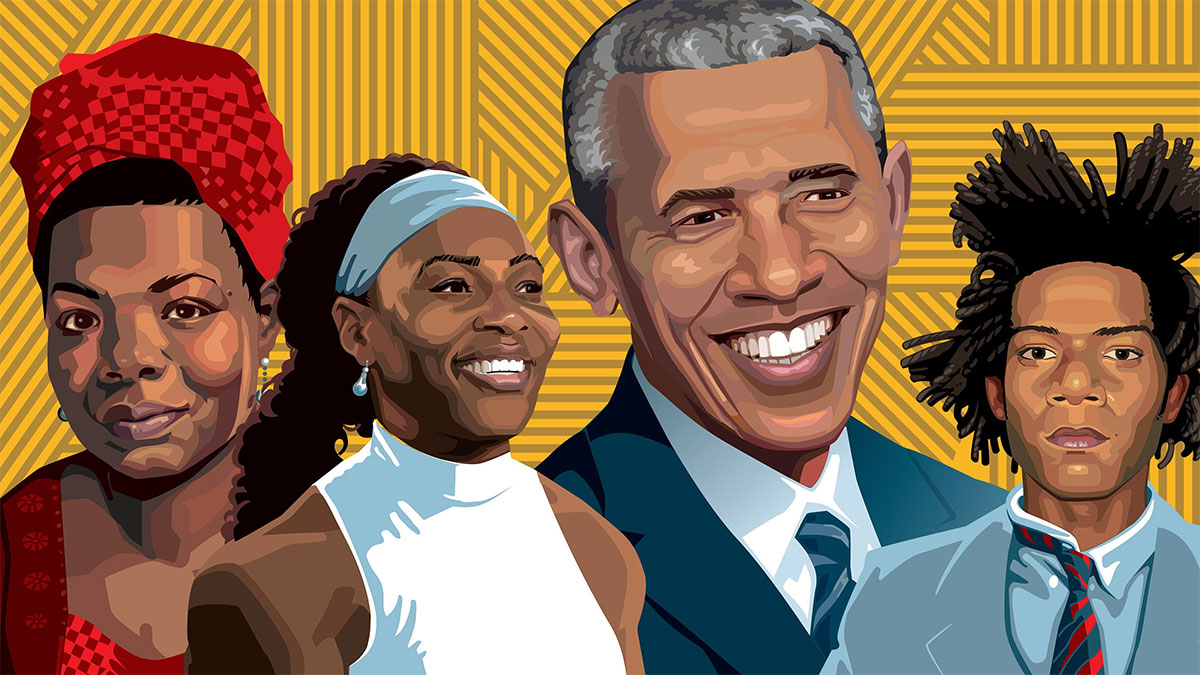There is no doubt that authority figures carry a lot of weight in our lives. Just put any kind of “uniform” on a person, and suddenly they become bigger than life. That goes for a police officer or a pilot, a doctor or a nurse, even a priest or a nun. Toss the “uniform” on and bam, they are suddenly more believable and trustworthy – their words carry more weight.
Dr. Robert Cialdini* says “we feel a sense of duty or obligation to people in positions of authority. This is why advertisers of pharmaceutical products employ doctors to front their campaigns, and why most of us will do most things that our manager requests. Job titles, uniforms, and even accessories like cars or gadgets can lend an air of authority, and they can persuade us to accept what these people say.”
This is why authority is Principle #5 in this series on the use of influence in major gift fundraising. (You can read the first four principles by following the links at the end of this post.)
Dr. Cialdini continues: “Giving the appearance of authority actually increases the likelihood that others will comply with requests – even if their authority is illegitimate.”
Brady Josephson* says the following about this principle: “authority is a way to gain credibility that largely comes from being knowledgeable and trustworthy. Most nonprofits have some serious knowledge and expertise when it comes to program delivery and service.” He then suggests using those “authority figures” more in fundraising efforts.
Here are some suggestions on how to use authority in your work with major donors:
- Use program people to talk to donors. There is nothing like having an expert sit with a donor and talk about program. The expert may or may not have credentials (educational or sector-given), but the fact that they can talk about the technical details of the solution really helps, when you’re finding that the donor resonates with it.
- Use other donors to talk to donors. An endorsement from one donor to help another donor decide what to do can mean a lot. Sometimes another donor might be an authority figure herself. And that creates trust.
- Use donor testimonials in all your collateral. Annual reports, project reports, brochures, videos, websites, etc. – they all need to have donor testimonials. In fact, any kind of endorsement in these communication vehicles is helpful and needed.
- Use your CEO or Executive Director. Jeff and I always tell our MGOs to “take the suit” to the meeting with the donor. There is something very powerful about having the top authority figure sitting right there talking about how the donor can make a difference with her giving.
- Use sector experts. If your cause is about forests, take a forest expert. If it’s about shelter, a shelter expert. If it’s about helping the poor – an expert in social work, etc. These sector experts lend authority.
- Use public figures who are trustworthy and of good reputation. Many trustworthy public figures can play the authority figure role in your fundraising. Use them, but be sure that whatever they represent in their public lives, and even how they conduct themselves privately, is aligned with who you are.
- Tell the truth and admit mistakes. While it may seem strange to include these two points in the “authority list,” the fact is that telling the truth and admitting mistakes lends authority to you as a person and to the organization. When a donor can consider you a truth-teller and one who admits mistakes, their trust in you goes up – you have more authority and increased standing.
- Speaking with authority. Have you ever followed the directions of a bold and courageous person, only to discover that his directions were wrong? I have. And now I am more careful with these kinds of persons. But the fact remains that their authoritative style of speaking carried a significant amount of weight. So if you speak with authority as you communicate with your caseload donors, and your speech is true and factual, you will be using this fifth principle of influence.
Dr. Cialdini says “when people are uncertain, they look outside themselves for information to guide their decisions.” I would add the word undecided. When they are uncertain or undecided, they look outside themselves for information and guidance. Keep this principle in mind as you communicate with your caseload donors in the coming weeks.
Richard
* The core concepts for this series come from the writings of Dr. Robert Cialdini, who has written extensively about the ethical use of influence, and from my colleague Brady Josephson who has taken Dr. Cialdini’s work to a new level when he took his 6 principles of influence and reframed them for fundraising. I encourage you to follow their work.
Series details: The Six Principles so far…
- Reciprocation
- Liking
- Commitment & Consistency
- Scarcity
- Authority (this post)

![Hiring concept vector image of candidates. [Top Tips from a Recruiting Expert on Hiring Your Next Frontline Fundraiser]](https://veritusgroup.com/wp-content/uploads/2023/07/AdobeStock_427200891-scaled.jpeg)



0 Comments